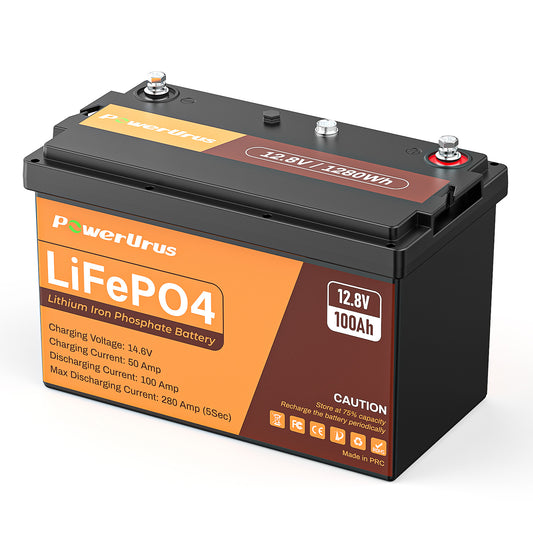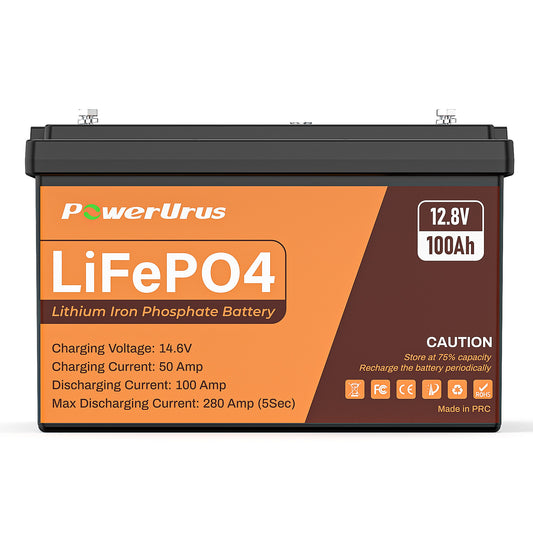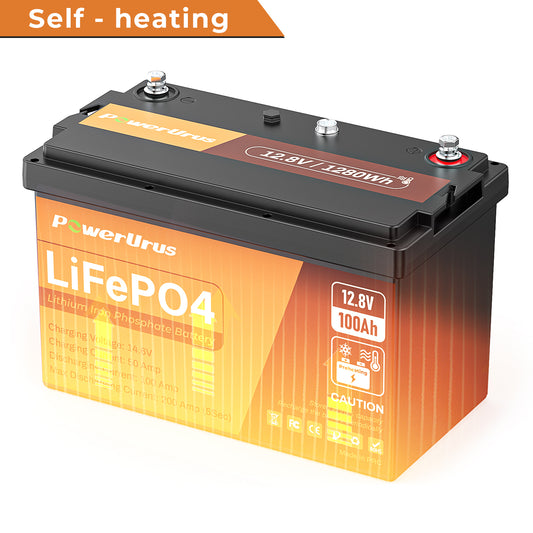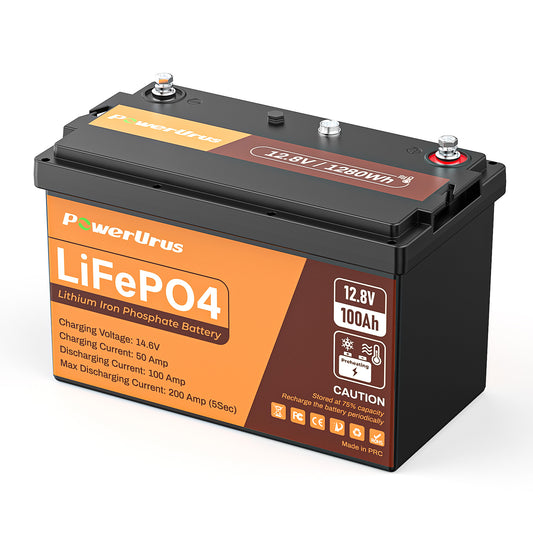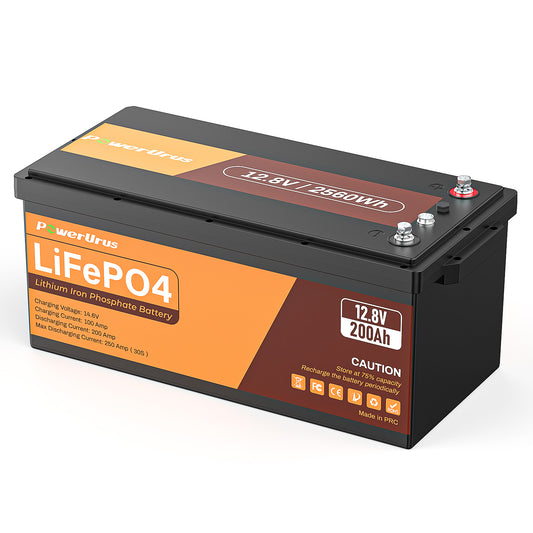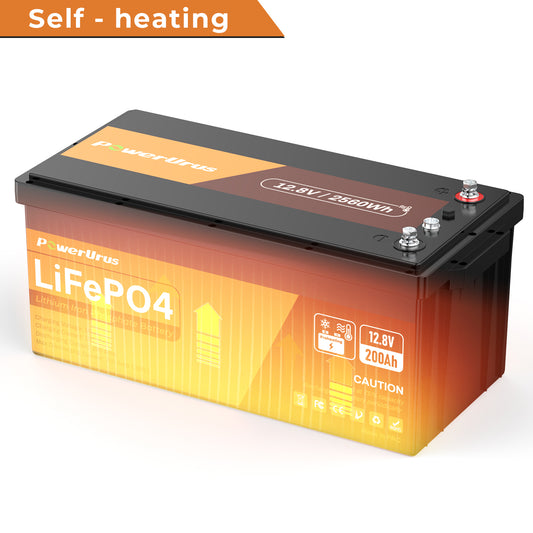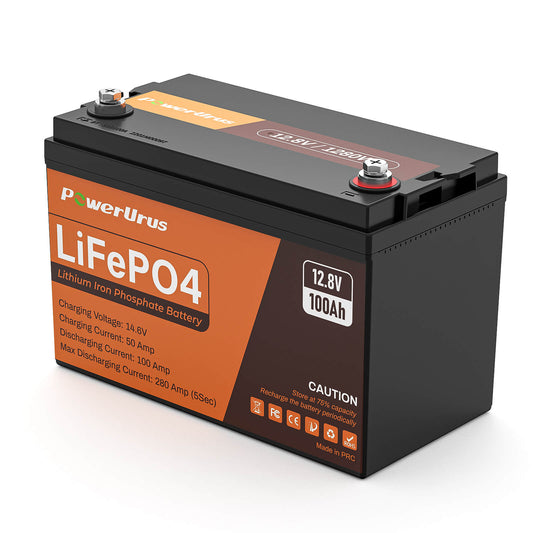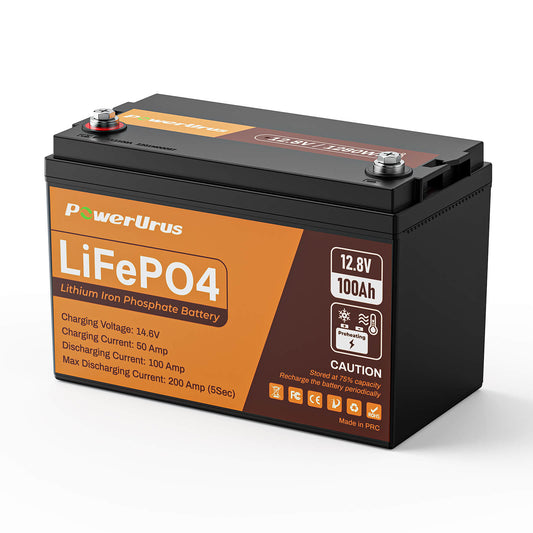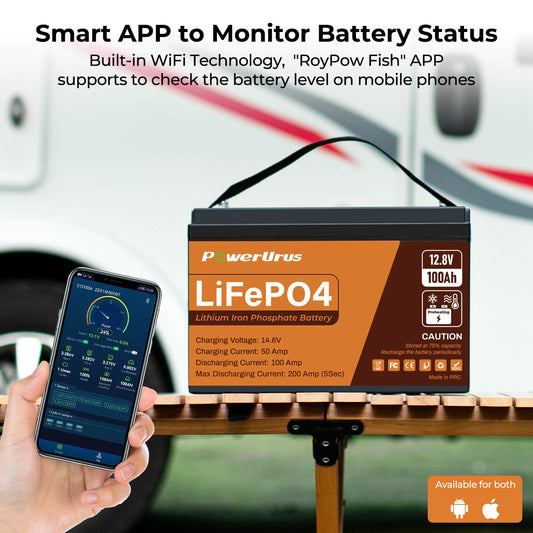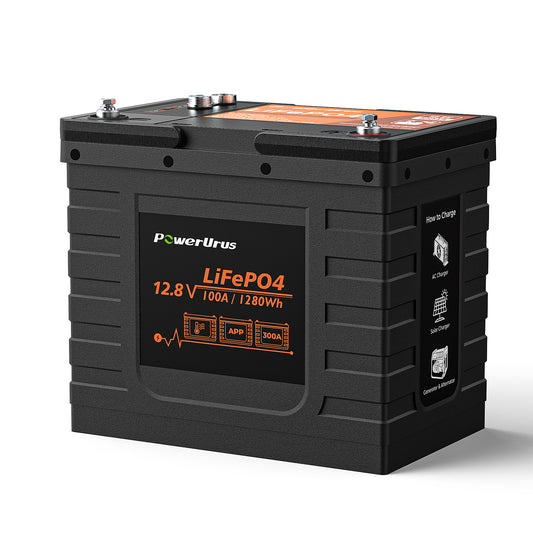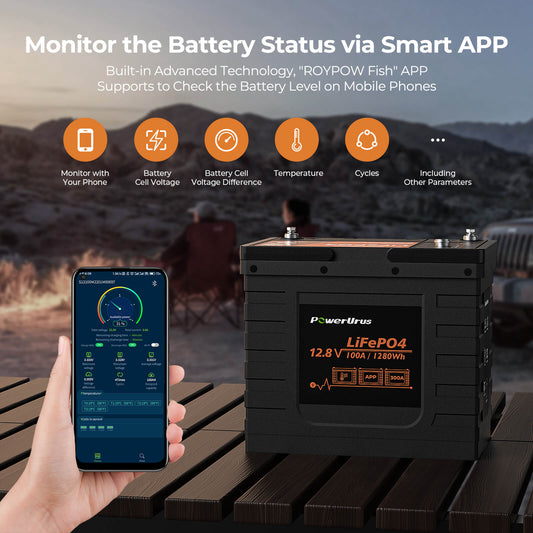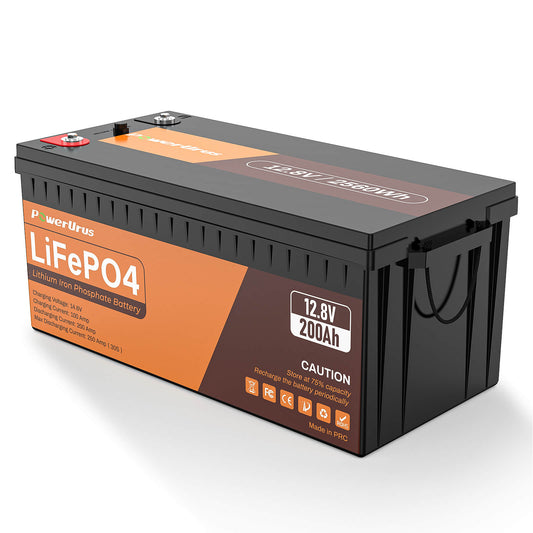Self-Heating LFP Batteries for Extreme Conditions: Applications in Cold Climates
Extreme cold temperatures cripple conventional lithium-ion batteries, reducing their capacity and increasing risks of failure. Self-heating lithium iron phosphate (LFP) batteries address this challenge head-on, combining cold-weather resilience with superior safety and longevity. Here’s how they thrive in freezing environments and power critical applications:
How They Work
LFP batteries utilize passive PTC (Positive Temperature Coefficient) materials or resistive heating elements to autonomously generate warmth when temperatures drop below a set threshold (e.g., -20°C). This self-heating system maintains optimal operating conditions without external energy sources, ensuring consistent performance.
Key Applications in Cold Climates
Off-Grid Homes:
Store solar/wind energy efficiently, even in subzero temperatures.
Power essential appliances (heaters, lights) during prolonged outages.
Ideal for rural areas or Arctic regions with unreliable grids.
Recreational Vehicles (RVs):
Keep fridges, lights, and electronics running in freezing conditions.
Support fast charging via compatible inverters for road trips.
Rugged designs withstand vibrations and temperature swings.
Industrial and Commercial Systems:
Power microgrids, warehouses, and remote sensors in harsh environments.
Ensure uninterrupted operations for cold-chain logistics or emergency services.
Modular scalability allows integration into large-scale energy storage.
Advantages Over Traditional Batteries
Temperature Tolerance: Operate reliably from -20°C to 50°C, unlike lithium-ion batteries that lose efficiency below 0°C.
Safety: Inherent thermal stability reduces fire risks, critical for extreme conditions.
Longevity: Last 10,000+ cycles with minimal degradation, lowering replacement costs.
Future Potential
As climate change intensifies polar vortexes and snowstorms, self-heating LFP batteries are becoming a cornerstone of cold-weather infrastructure. Innovations in heating efficiency and energy density promise even greater adoption, unlocking renewable energy potential in previously untapped regions.

